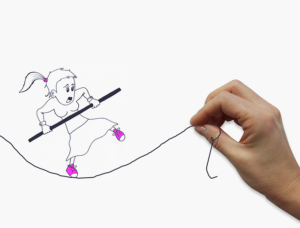
The Tao of Leadership: Ancient Wisdom for Modern Executives
In a world obsessed with digital transformation, rapid innovation, and a relentless pursuit of metrics, the term “Tao” may seem archaic, if not out of

In a world obsessed with digital transformation, rapid innovation, and a relentless pursuit of metrics, the term “Tao” may seem archaic, if not out of

In the fast-paced world of corporate evolution, understanding what drives leaders to success is akin to unraveling the mysteries of human genetics. Like the DNA
The rapid advancement of technology has provided modern business leaders with unprecedented opportunities for growth and innovation. One such innovation, virtual reality (VR), has the

In your organization, what is the gender ratio for positions at the top? Let me ask, is there a leadership gender imbalance? I would not

When leadership requires skill in wisely choosing between right and wrong, and between right and right, how do you fair? When this topic comes up

Thanksgiving is a fairly big holiday in the U.S. and Canada, however, this year things are a bit different. This certainly doesn’t mean that we

As a manager, how do you deal with the narcissistic employee? Many leaders and managers today are addressing this question as promotions—and in some cases,

If Black Lives Matter in your organization, what are you doing to support Black employees? What steps are you taking to dismantle the institutional pillars

An organization’s health is only as sound as its leader’s decisions. Some companies prosper from wise leadership directions, while others struggle after flawed choices—choices that

How a leader responds to adversity reveals how effective that leader truly is. Reactions to setbacks or crises not only test leadership character but define

Business is an active, demanding endeavor. Only those who consistently apply themselves succeed. Organizations that thrive require leaders who actively dream, plan, engage, solve, pursue,

Surveys and studies indicate global job dissatisfaction is at a two-decade high. Disengaged employees account for nearly 70 percent of the workforce, which significantly affects







